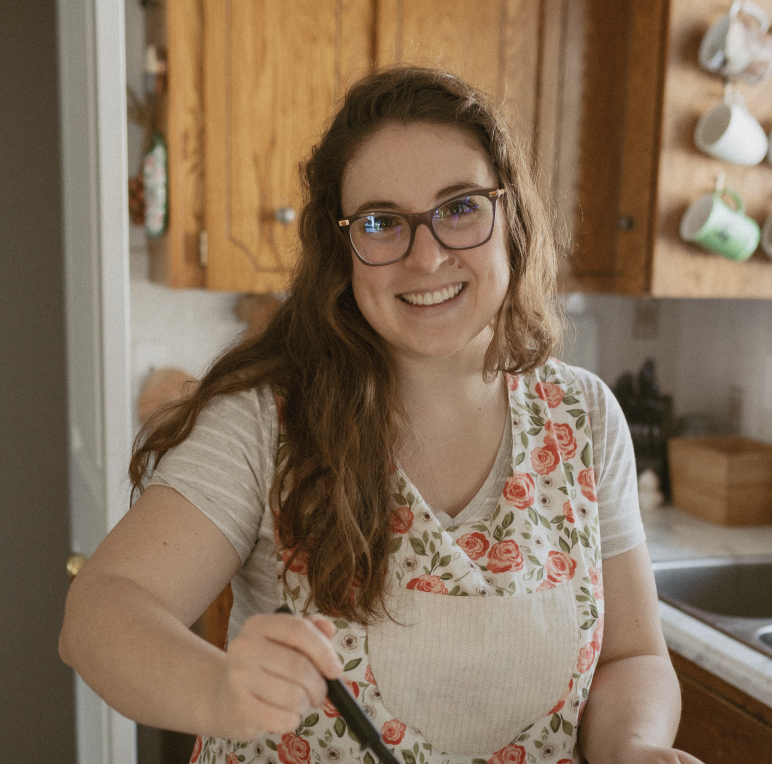Garden Planning 101
Vanessa Wrubleski takes us through the key points on how she plans her garden in preparation for spring. Continue reading for Vanessa’s article Garden Planning 101 from the Spring Issue #6 of Trailblazher Magazine.
Food security has been on everyone’s minds the last two years, thanks to all of the shortages from trucking logistics, natural disasters, and the pandemic. I hate to see it for these reasons, but I do love to see so many people trying their hand at gardening, to make up for the gaps at their local grocery stores.
However, unless you grew up with a family who gardened religiously, and passed down their knowledge, you may feel like a fish out of water as you navigate the world of gardening for the first, second, or even third time. Whether you are just starting out, or are a seasoned pro, I hope you can glean some insight from the tips I have below. I worked to pack as much information as I could into this space, as I bring you through the planning process I go through each spring. The sketches are all my own plans for this coming season, showing you that no matter your space, you too can garden!
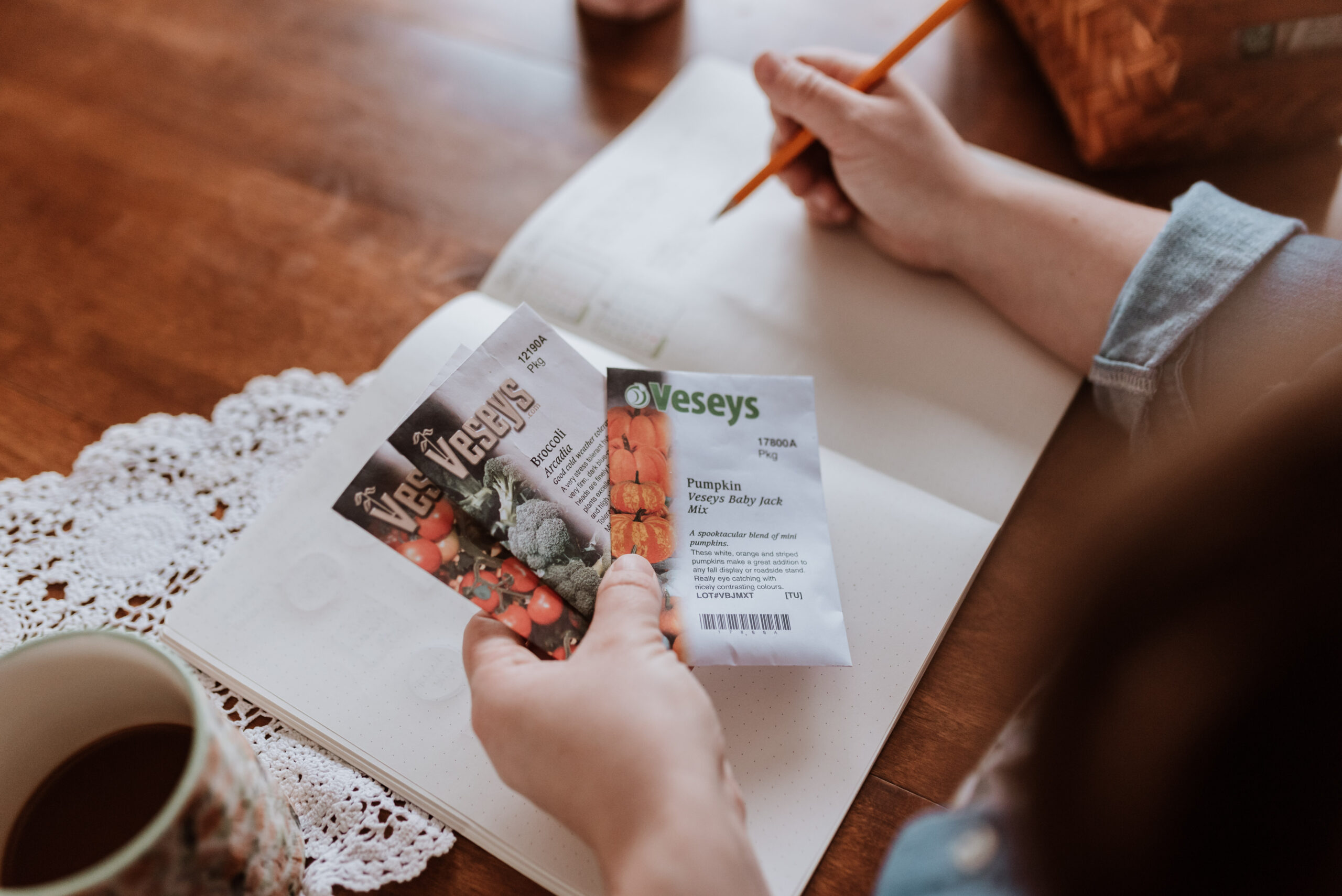
1. Starting with Seeds: What You Need to Know
Grab your seed stash (if you have one), notebook, and pen, and make note of any seeds that need replenishing first. Then, write a list of ‘wants’, giving each line item a few spaces. Don’t edit yourself, and don’t worry about the size of your garden or property. Let your dreams flow. You want elderberry trees? Sure! 25 different tomato varieties? Write it down.
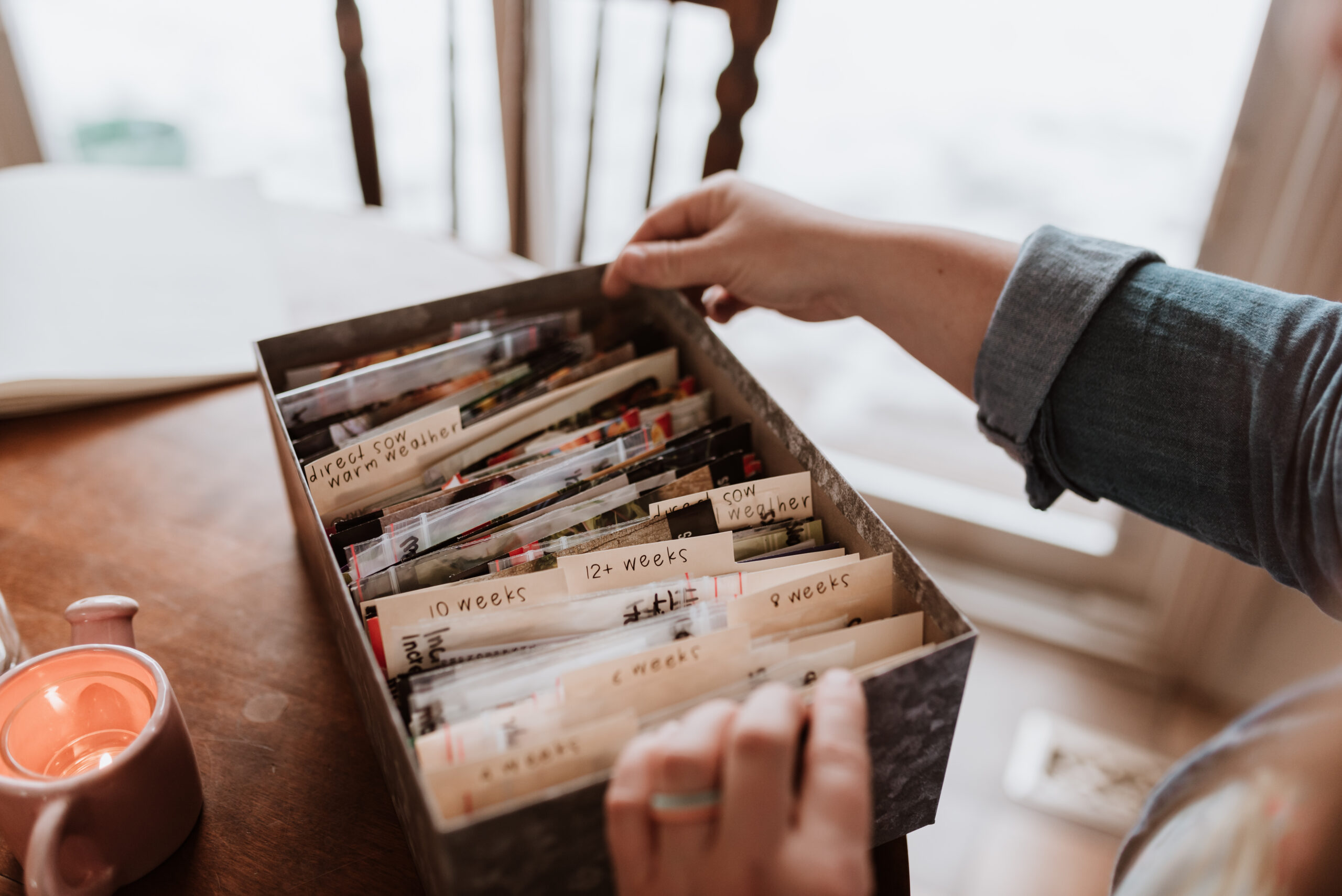
2. Choosing Your Garden Favorites: Must-Haves vs. Dream List
Working off of that list, put a star next to everything that are ‘must-haves’. Here you might edit out things like the elderberries or plum trees, if your yard size truly doesn’t allow for it. But keep this dream list. Having your dreams on paper is so important.
3. Plant Requirements: Space, Light, and Time
Next to each ‘must-have’ item, list what their requirements are – think space, growing season length (days to maturity), and light requirements. Google is a great resource for this!
4. Small Space Solutions: Container and Vertical Gardening
If you are working on limited ground garden space (in ground or raised beds), underline any items like tomatoes, squash/pumpkins, etc. Some of these items can actually go into containers on your patio or front step! Others may be best to source from a farmers market so as not to eat up all of your precious space. The fact is, even if you are as creative with your space as humanly possible, sometimes you just can’t fit it all in. And that’s ok!
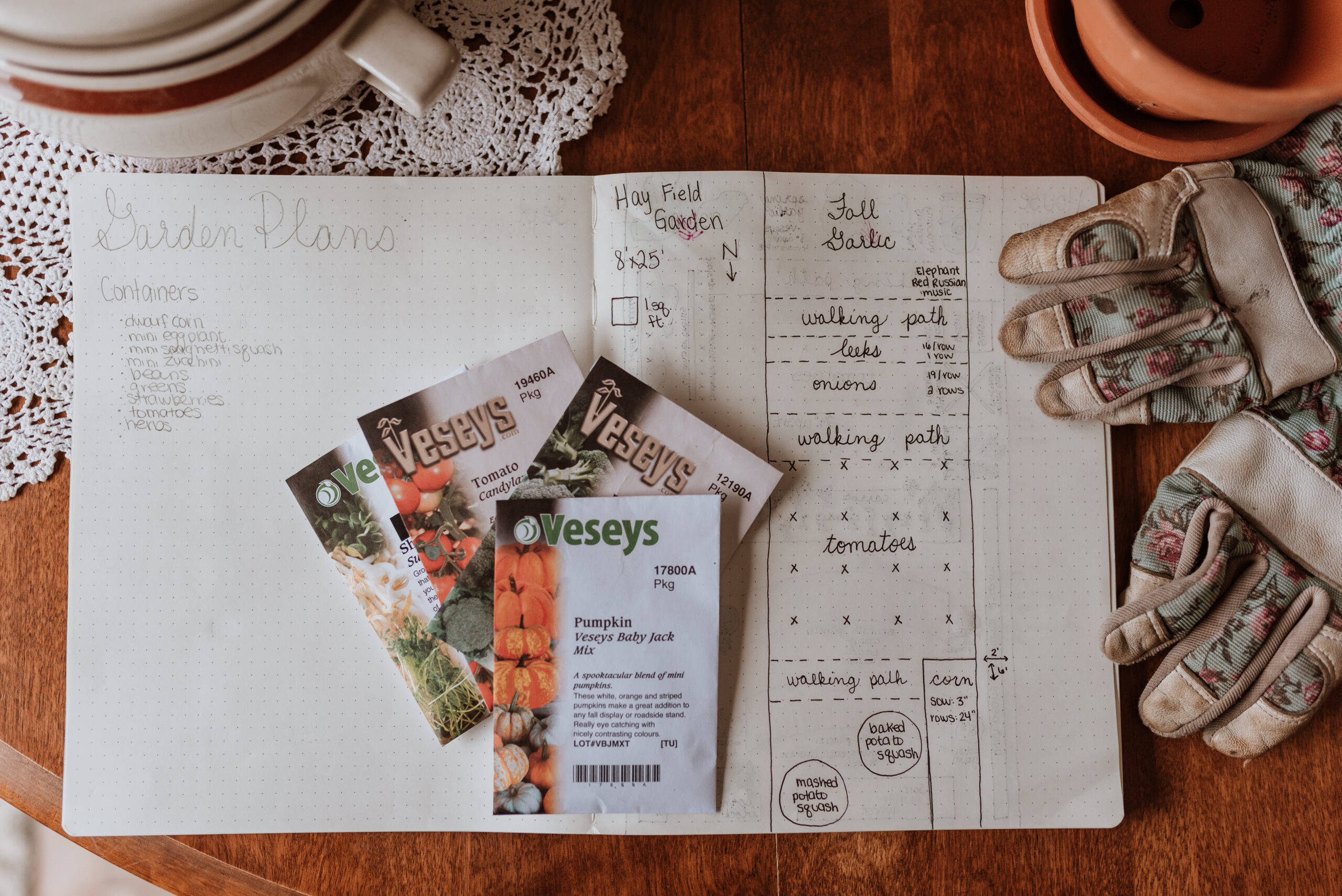
5. Garden Goals: Fresh Produce or Canning Staples?
Next, make a list of your goals – are you mostly wanting fresh salads and berries, maybe some potatoes and carrots? Great! Or are you wanting to can salsa or tomato sauce so that you can ditch store bought? Knowing your goals is key to narrowing down your ‘must-haves’ even further, if needed, to fit your space.
Some things to keep in mind – say you plant everything you need for canned salsa this year, and while you continue to enjoy your hard work, the following year you could plant peppers and cucumbers for processing pickles. The beauty is that home canned goods, when processed correctly, are good for years! So rotating your garden every year to suit your preservation needs or schedule is a great option when you are working with limited space. If you are close with your neighbours, propose crop sharing if they garden too!
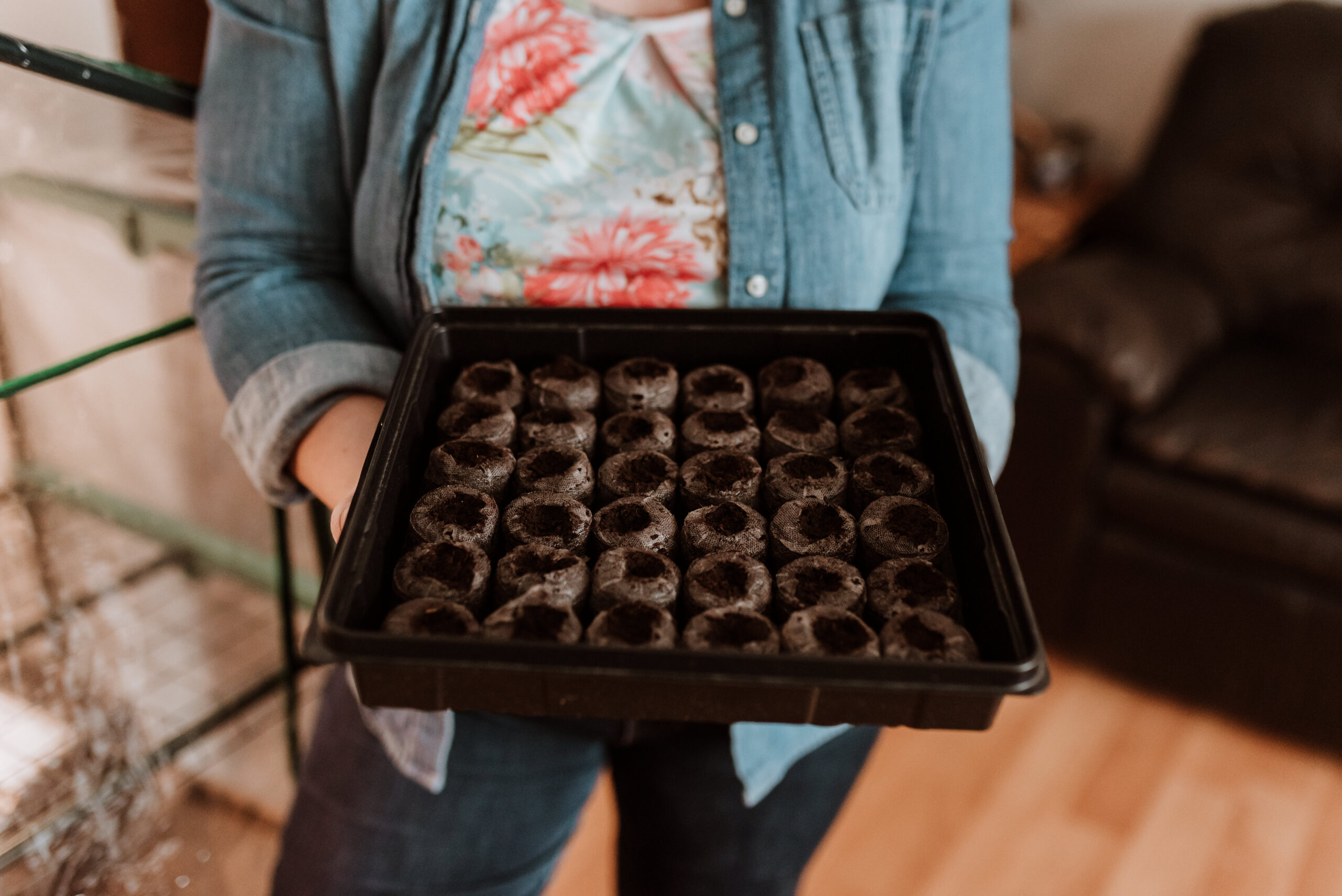
6. Designing Your Garden Layout: Tips for Every Space
Once you have those must-haves narrowed down, flip to a fresh sheet of paper and make a ‘to-scale’ drawing of your gardening space, including containers. Then, start plugging in your top must-haves, again to scale with their spatial requirements. When it comes to things like carrots and radishes, I draw myself a ‘patch’. I ensure that the dimensions of my patch are such that I can access it from all sides, and will roughly give me enough carrots, thinking a 1-2” spacing, once thinned.
7. Mixing It Up: Companion Planting and Space Saving
Gone are the days of traditional row gardening; inter- planting your garden according to each variety’s plant partners allows you to make the best use of your space. Some people like to push the boundaries of plant spacing requirements, and while you CAN do that for some vegetable varieties, with others you are hard pressed to. Indeterminate tomatoes are an example. Unless you diligently prune them, if you don’t give them the space they need, AND you don’t prune them, you can end up with very small un-ripe tomatoes, since the sunlight won’t reach the fruit. Tomatoes spaced too closely are also a breeding ground for disease, pests, and mildew. If you are a beginner, you are best to space as directed on the seed package, but you can push the boundaries of these requirements as you gain experience.
If you start running out of space, don’t fret! Here are some things that can easily be grown in containers: tomatoes, fingerling and indeterminate potatoes, bush beans, lettuces and other greens, herbs. Even melons, cucumbers, and compact vining squash can be grown in containers, so long as they have some form of support or trellis system.
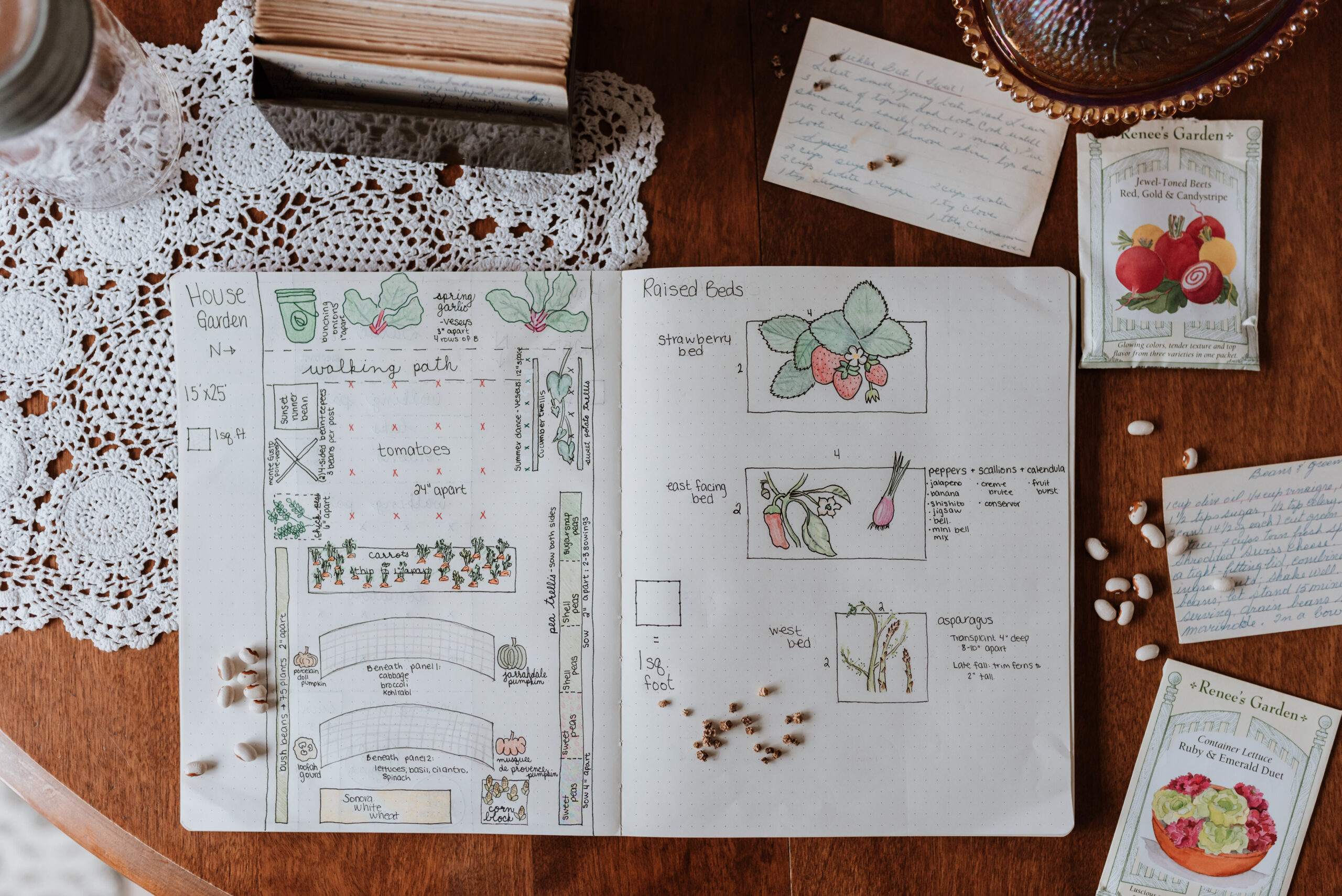
8. Sun and Shade: Where to Plant Tall Crops
When deciding on placement of your crops within your garden keep in mind what direction your garden runs lengthwise. Tall crops like corn and sunflowers should be planted on the north side of the garden as they will cast a lot of shade. You can however use that shade to your advantage, planting your corn in a block along a south edge could be beneficial to cast shade at the hottest part of the day on veggies like lettuce and herbs that bolt quickly, or on crops that prefer slightly cooler weather, like peas.
9. Seed Starting Basics: From Packets to Plants
Make note of what plants you will start from seed yourself, and what you will buy as starters from the nursery. My favourite Canadian seed company is Veseys Seeds. You can order online (Veseys.com) and get free shipping by entering coupon code VAN22 at checkout. If you want to continue this process with me, learning how to start seeds indoors and log your garden, be sure to follow me on Instagram!

10. Gardening for Fun: Keep It Simple and Enjoy
Lastly, have fun! Gardening shouldn’t be work or one more chore to add to your proverbial plate, while filling your literal plate. It’s an opportunity to connect with nature and feed not only your belly, but your soul.
Article from: Trailblazher Spring 2022 Issue #6
Photographer Stephanie Kuzio is the gal behind the lens telling lame and sometimes inappropriate jokes to help her clients loosen up and be themselves in front of the camera. Kuzio is a photographer, but more importantly, a storyteller. With what she creates, her clients are able to revisit their most important moments for a lifetime. Kuzio feels fortunate to be making a living doing what she loves.
More Gardening Articles
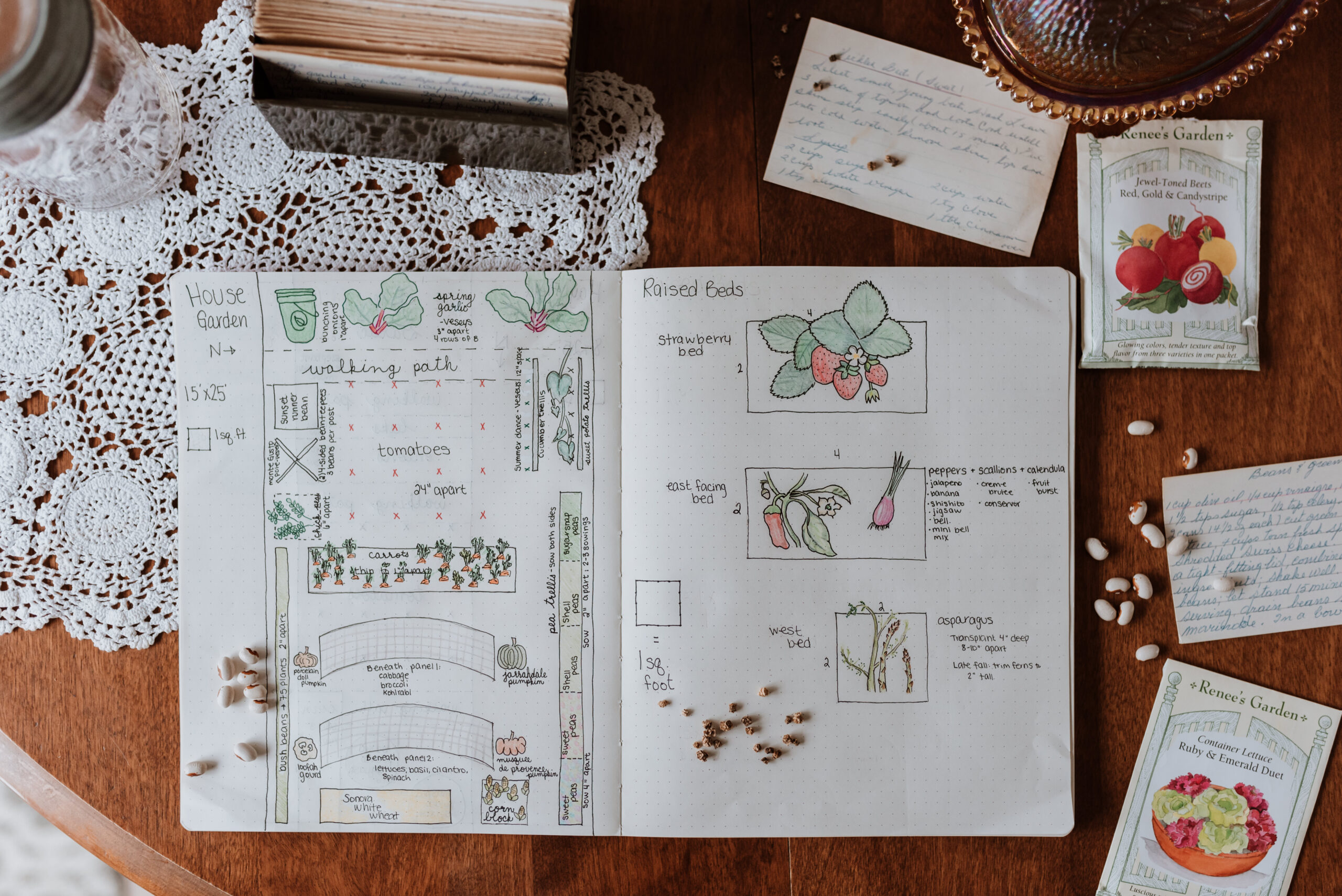
February 8, 2024
Keep Reading
next post
previous post
© 2025 Trailblazher Co. All Rights Reserved.
Legal
